
10 minute read
Driving development


or an international contractor, being a pipeliner means ranking in the premium segment of the target market and being able to rely on a set of special features that clients can identify as fit-to-purpose for challenging projects.
Pipeline construction relies on people with high-end technical skills, on equipment/technology, and on project management skills and expertise.
Construction – apparently a quite straight-forward activity, which the layman boils down to ‘excavation/welding/laying/ reinstatement’ – actually requires the ability to combine all key elements in the most effective possible manner, in order to ensure top performance in any conditions and in all scopes, always holding safety as a top priority.
Over the last 10 years, Bonatti has proved able to improve its operational quality even further, thanks to highly targeted development choices, which enabled it to achieve performance levels that are acknowledged and renowned in the industry worldwide. A new welding system BNT ROB.E 10.01 – the mechatronic welding system that was designed and developed fully in-house, starting from construction site experience – has enabled, as the first step towards evolution, the performance of head-to-head welding on pipes of any thickness and dia. of over 10 in.
This evolution mainly consists of an appreciable increase in productivity, quality and of the ability to ensure reproducibility, i.e. the same quality standard obtained over and over again. This innovation has enabled the application of a very complex technology to welding, which was originally intended for industrial robotics but which is, at the same time, very userfriendly and very robust, thus fit to be used in extremely hostile environments and climate conditions.

Donato Santomauro and Francesco Petrelli, Bonatti Pipeline Business Unit, Italy, take a look at the company’s technological innovations that are leading its expansion into new markets.
Proving the new welding system in Mexico The new system was used for the first time in 2012 - 2013, when the company began operations in Mexico. Starting
Figure 1. Bonatti Safe-T-Rex 130 pipelayer at work on a construction site.
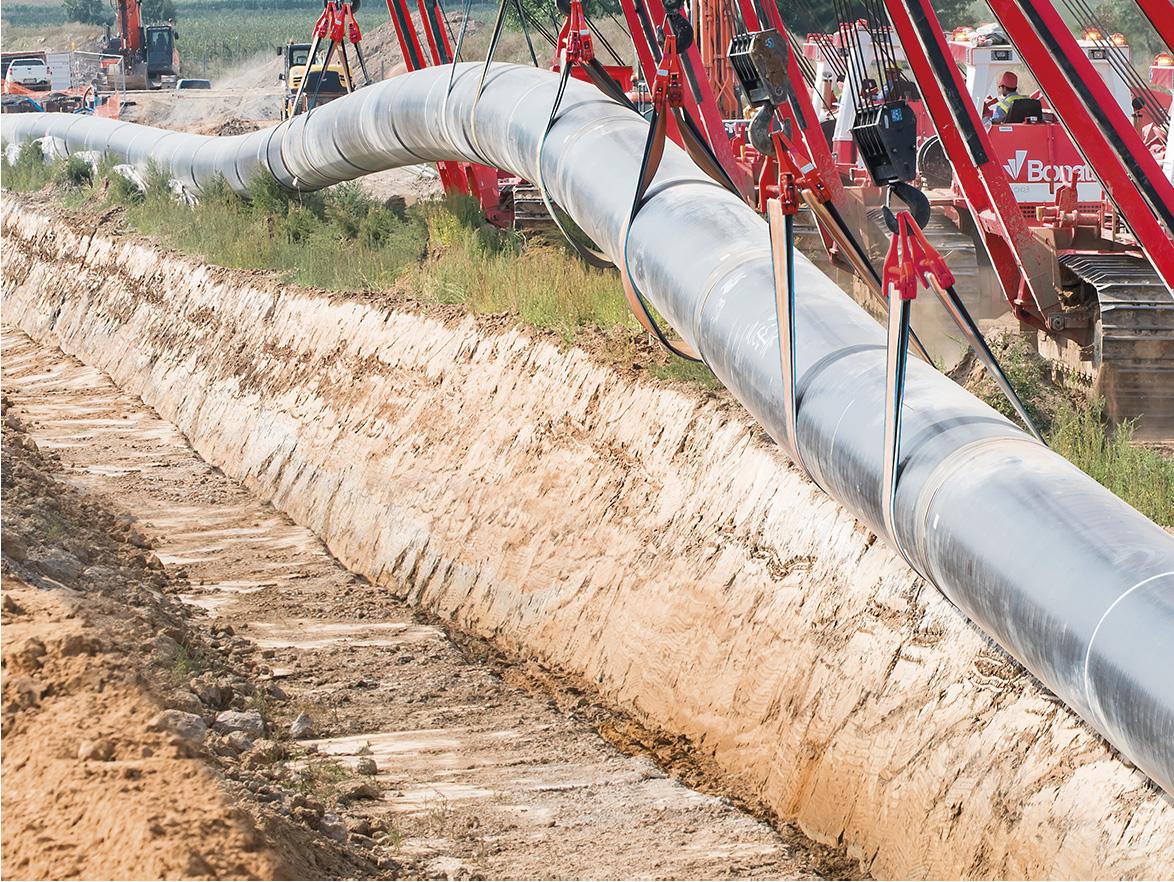
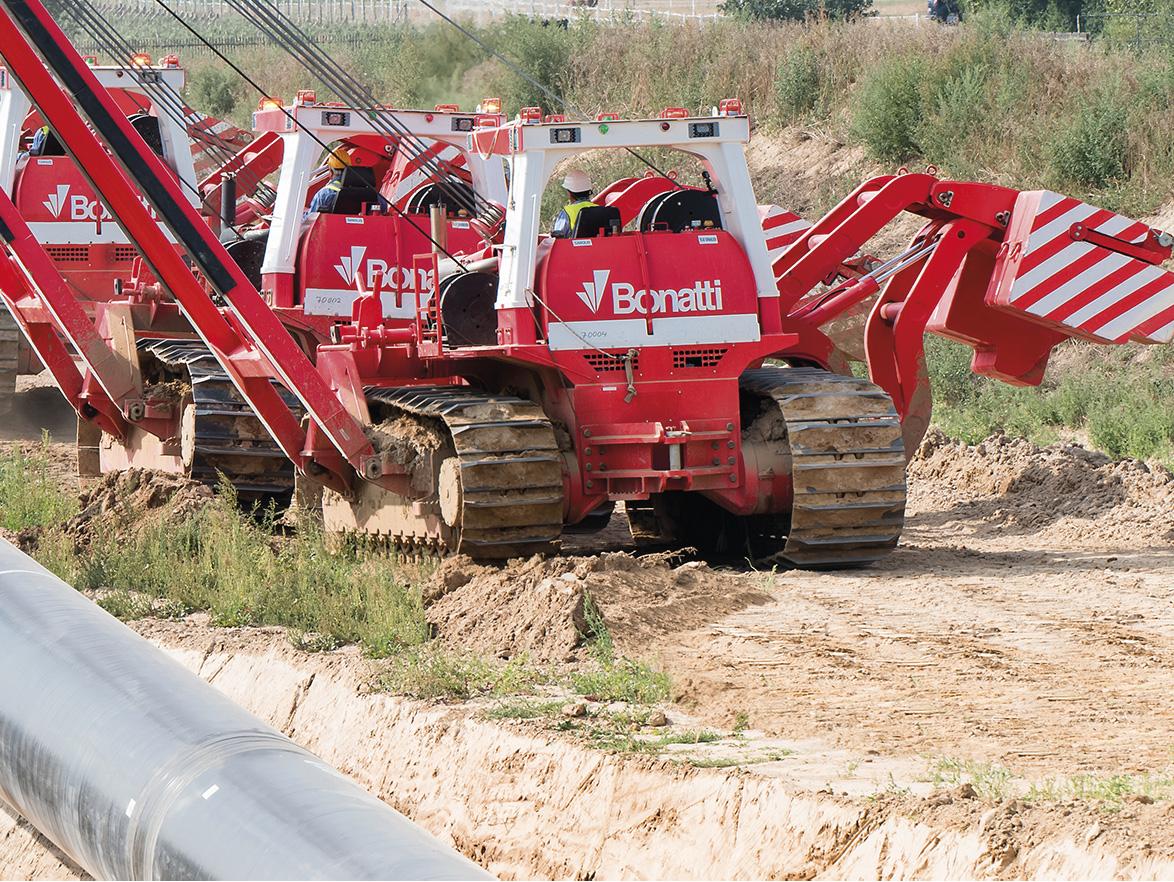
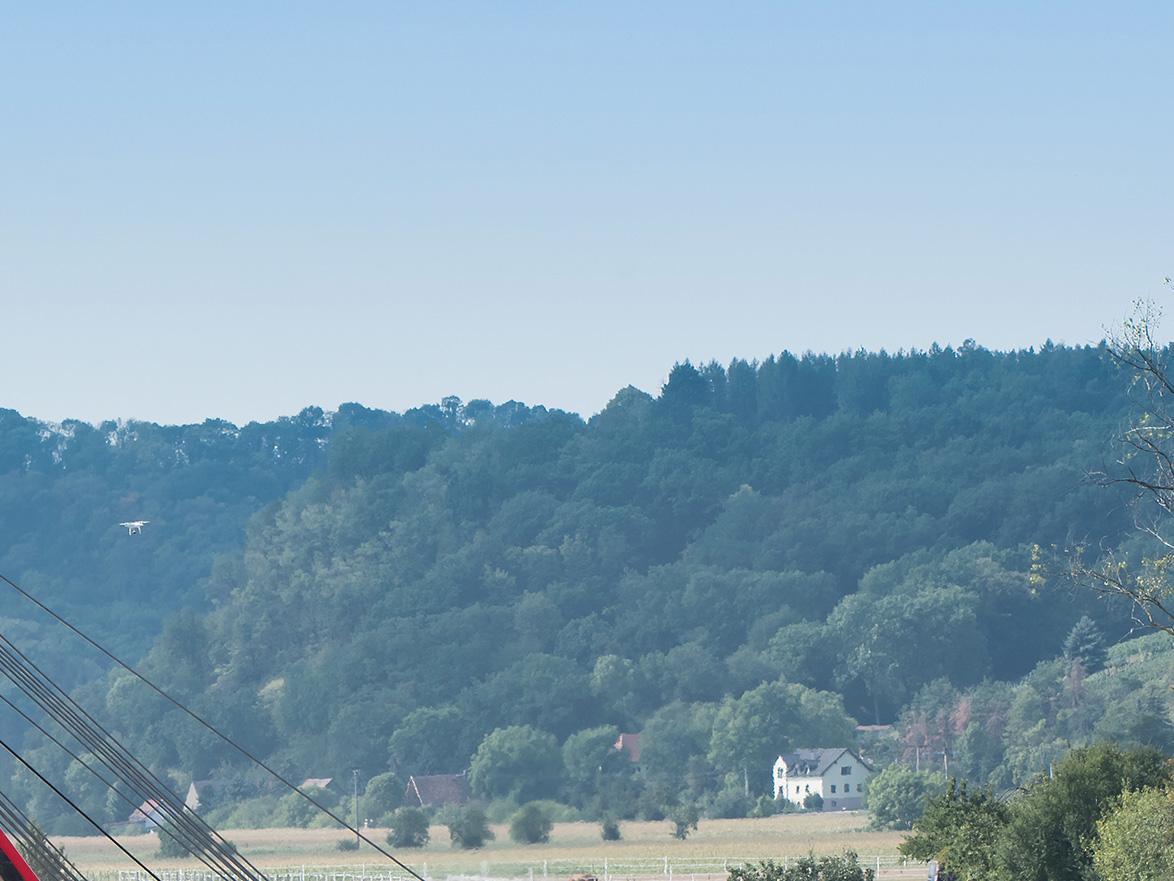

from the Gasoducto Morelos project, which consisted of the construction of a gas pipeline 160 km long and 30 in. dia., crossing eight canyons with vertical walls and level differences of up to 40 m, the new approach to welding soon proved able to generate good effects on work performance.
The investments made in state-of-the-art automatic welding technologies proved valuable later on, with the extraordinary performance of the EPC El Oro – Mazatlan pipeline (24 in., 430 km), in which individual teams welded over 300 joints per day and which was completed six months ahead of schedule with a repair percentage of just 0.6% on project completion.
These performances were confirmed beyond doubt, once again in Mexico, within the El Encino – Ojinaga project (42 in., 225 km) and the Ramones I project (48 in., 117 km), which were both completed three months ahead of their respective schedules.
This technology-oriented choice had good effects not only on operating capacity but also on the company’s positioning in the country, which could be strengthened thanks to its portfolio of international clients (including TC Energy and IEnova) and increasing the company’s renown.
This of course contributed to making the choice of having a truly Mexican local structure, with the percentage of local human resources quickly increasing from 65 - 70% in the first years to almost 100%, with the Mexican personnel not only being highly skilled and trained but also fully embracing the culture, values and mission of the company.
The geographical features typical of the Mexican territory and of the entire American continent, combined with the strategies deployed by Bonatti, have also generated the opportunity of investing in the country, driven by a wide-ranging vision of the potential market.
The HUB complex Among the most material investments, certainly worth mentioning is the logistics and operations HUB in San Miguel de Allende (Guanajuato, Mexico).
The HUB complex is close to 20 acres and comprises two warehouses (one with controlled temperature), a prefab area, a painting area, a testing area, an equipment storage area, a canteen, and most importantly, one of the main engineering centres of the group, with over 80 engineers.
Right at the beginning of the Mexican experience, the company proved able, thanks to its strong plant engineering skills, to engage in works for compression stations. The engineering centre has enabled it, in a shrinking market for pipeline, to further diversify the types of projects the company can take on.
Indeed, in the last 24 months, the company was awarded contracts for the construction of tank terminals for refined products, starting with a project in the State of Puebla, followed by the contracts in Valle de México and in Topolobampo (Sinaloa). The Topolobampo terminal has capacity of 1 300 000 bbls and the project includes the construction of a pier and a railway network to transport and market the products.
A new pipelayer In 2017, the company rolled out a new extensive technological development project, once again focused on pipeline construction. That project consisted of conceiving, designing and making a new pipelayer, once again fully made in-house.
The pipelayer – or sideboom – is, together with the welding systems, the flagship equipment for a company that also calls itself a pipeliner. Also in this case, the approach adopted at the concept and design stage was the same one successfully deployed some years before, when the focus was on automatic welding.
The analysis of the data collected over the years at worksites and their comparison against the standard market choice decidedly steered towards a new direction in equipment evolution, with the machine made from scratch with industry player insight. This was a choice that went beyond the common market practice of adapting machines originally made for different uses to transform them in sidebooms.
The need for machines born to be sidebooms was the trigger for the making of the Bonatti Safe-T-Rex 130 pipelayer.
Each and every element of the new machine was designed based on real life construction needs, focusing on the safety of operators and of the personnel working in close contact with the machine at the worksite and at workshops. From bolts to the final colours, every detail was designed to contribute to the lifting and laying of pipes: from visibility for the operator to recognisability of the sideboom in all environments and weather conditions.
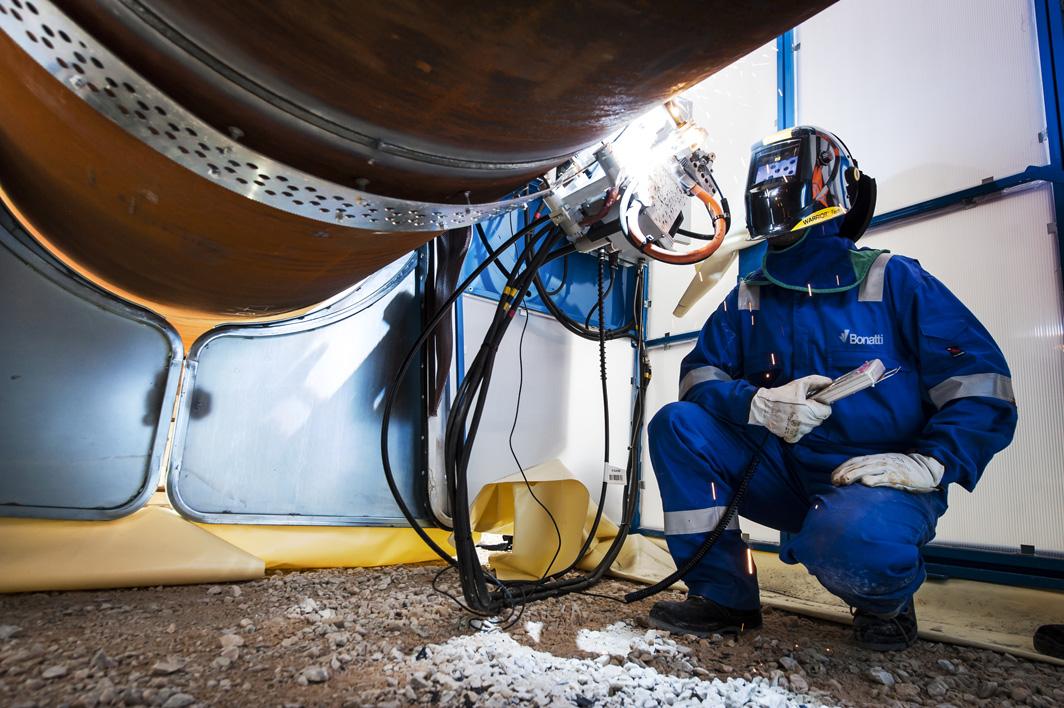
Figure 2. BNT ROB.E 10.01 Mechatronic Welding System.
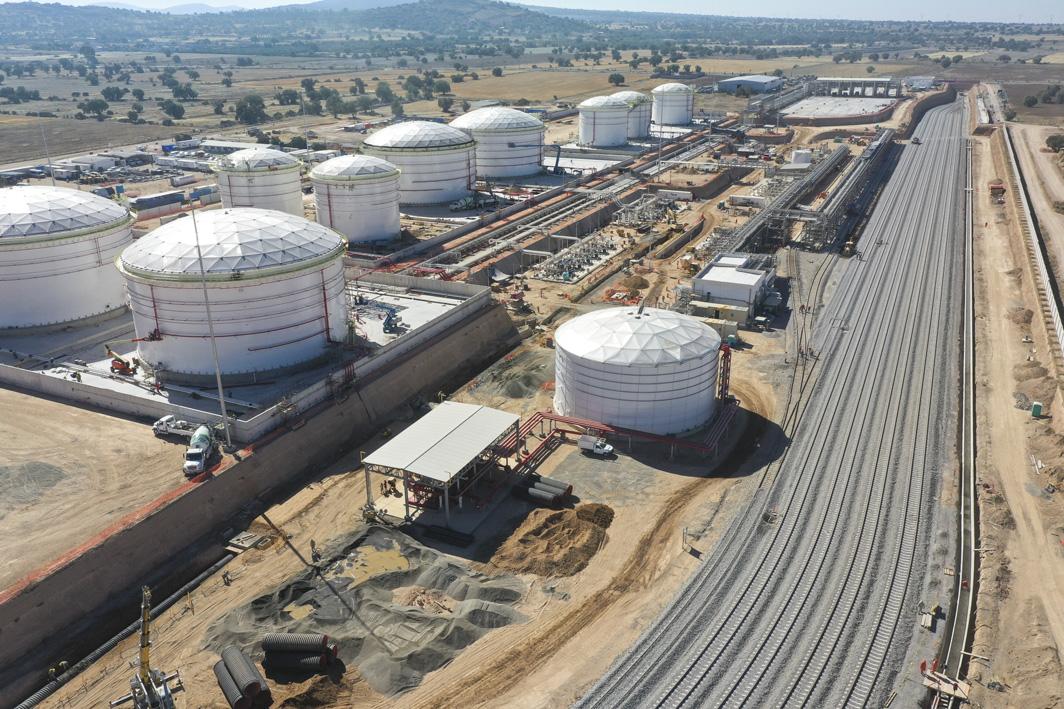
Figure 3. Tank terminal construction, Mexico.
Wherever you are, World Pipelines is with you.
The print issue is distributed to a global audience of industry professionals (verifi ed by ABC). Register to receive a print copy here: worldpipelines.com. magazine/world-pipelines/register



Prefer to read the issue online? The digital fl ipbook version is available here: worldpipelines.com/magazine/world-pipelines

Download the World Pipelines app for Android (Google Play) or iOS (App Store) to access World Pipelines from your mobile device.

Every element contributes to the machine’s balance and lifting capacity, which has set a new industry standard. Indeed, Bonatti Safe-T-Rex 130 is 40 cm wider than the main market benchmark, weighs 67 t (the 90 mm metal sheet the chassis is made of also works as counterweight) and has nominal lifting capacity of 130 t.
Furthermore, the safety objective has been pursued in all the machine details, from the control by the operator (only top skilled operators can run the machine at 100% of its potential capacity) to hydrostatic transmission, which removes the risk of the sideboom getting out of control and ensures full control down to the millimetre in all work steps.
Testing the pipelayer: TAP and EUGAL The first prototypes of the pipelayer were tested in Greece within the TAP project and gave immediate evidence that the investment was valuable and the project strong, as also acknowledged by IPLOCA, which, in 2018, conferred its renowned Safety Award to the Bonatti Safe-T-Rex 130 (which also allowed the pipelayer name to be completed with the term ‘safe’).
However, its true baptism as a pipelayer took place in Germany, within the EUGAL project (the section assigned to the company was 292 km long with a dia. of 56 in.) giving full evidence of the high-performance features of the new pipelayer.
Working in the Americas Also, with the pipelayer, the company’s growth in the American continent was once again driven by the choices made and the technological innovation pursued.
Indeed, the use of the company’s in-house pipelayer is a key feature of the Coastal GasLink project (with the section assigned to PAPC, the Group’s Canadian subsidiary, which is 247 km long with a 48 in. dia.), which is underway in British Columbia, Canada. The project approach model – obviously adjusted to the Canadian setting – can be clearly seen in the combination of highly skilled personnel, high-technology equipment, and project management skills.
The very challenging geographical and climate conditions, with temperatures frequently as low as -20˚C, require working in snow and ice with poor visibility and therefore require even stronger engagement of the QHSE structure to ensure safety of the personnel on the field. The use of the pipelayer sidebooms in the project addresses these challenges. This is the highest value contract in the company’s backlog and it sees the American continent as its new frontier. Indeed, the Mexican experience has been the foundation of a wider vision, that is to say the America Macro-Area model.
The idea is for the company to be able to manage a whole continent directly on site, with its own structured establishment, in order to reduce costs and difficulties generated by the distance from the Italian parent company.
Therefore, the facilities in Mexico, right at the centre of the continent, have become even more important from this perspective, with the HUB in San Miguel de Allende ensuring logistical and technical assistance for the operating machines deployed in all the projects underway in the continent.
Indeed, since the very start of its operations in the Mexican market, the company has never stopped looking beyond, considering the opportunity to expand in other countries of the American continent, providing its clients with enhanced quality and efficiency in the development of their projects thanks to the use of its Mexican facility.
Therefore, the development of technologies, which are key in worksite activities, has gone along with the concept of bespoke service, enabling the company to look beyond North America (Mexico and Canada) towards the South, at countries such as Chile and Peru.
Obviously, the America Macro-Area model does not end there and the group intends to apply its key features in other regions of the world, both those where it is already in operations and those where there are business opportunities not yet pursued.
The direction is towards a multi-centric structure, which is better fit for project management and development in places that are so far from one centre that it is no longer adequate to monitor clients, projects, and opportunities closely and in real time.
Clients are at the centre of Bonatti’s plans and, therefore, the strategy to pursue a multi-centric vision will ensure that the American experience can be replicated going towards new frontiers.

Figure 4. The Bonatti Mexican HUB.









